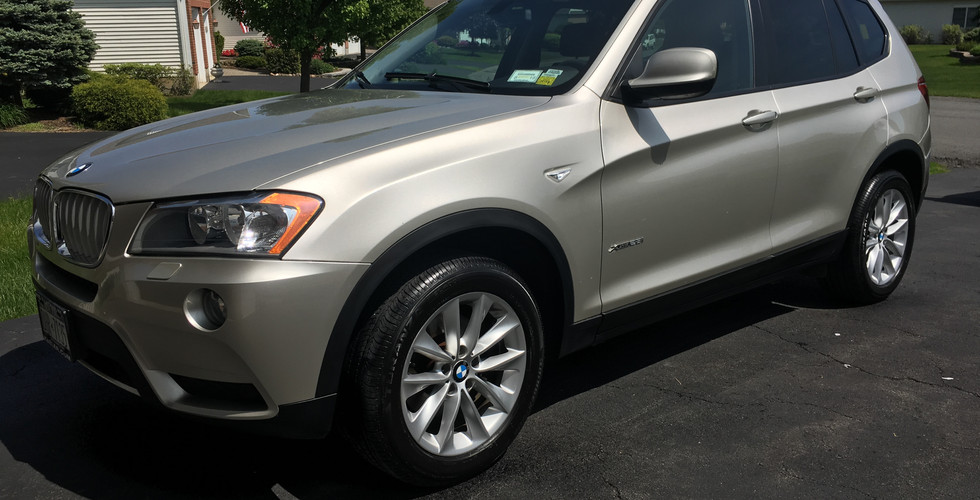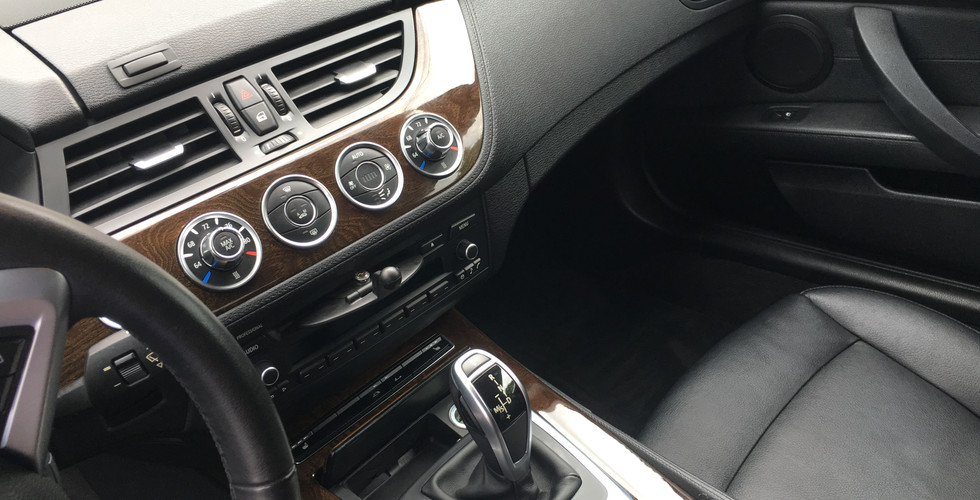
Think you know everything there is to know about BMW? Chances are you haven’t heard at least one of these unique facts from the automaker’s history. It’s time to take a quick and wild trip through time to see what BMW has been up to since its launch in 1916!
It Wasn’t Always a Car Company
Bayerische Motoren Werke (BMW) was preceded by Rapp Mortenwereke and Bayerische Flugzeugwerke (BFw), makers of aircraft engines. Rapp Mortenwereke became BMW in 1917, and both companies continued working on planes until the Treaty of Versailles was signed after WWI. This restricted what the German company could manufacture, but instead of closing its doors, BMW switched its focus to making motorcycles, farm equipment and brakes for use in railways.
Dixi Kicked Off the BMW Auto Line
BMW acquired the BFW plant in 1922, but cars didn’t officially come on the scene until much later, in 1929. What was that first car? It was called the Dixi and was a remake of a model already manufactured in other countries under various names. The design appeared as an Austin in England, the Bantam in the U.S. and the Datsun in Japan, and BMW eventually put its own spin on the vehicle, too.
After purchasing Automobilwerk Eisenach in 1928, BMW got the rights to the Dixi and simply put its own brand before the car’s name. But in 1929, automaker updated the vehicle, dubbing it the BMW 3/15 DA-2.

The Brand Made Unusual Things During WWII
During the second World War, BMW went back into the aircraft business to support the German war effort. However, this only lasted for the duration of the war, after which restrictions were put in place again. It wasn’t just a ban on airplane engines this time; in fact, BMW was forced to stop manufacturing any kind of vehicle whatsoever.
What did the brand do? It turned its attention to the kitchen and made cast-iron pots and pans instead. In 1947, BMW was allowed to go back to making motorcycles, and things were pretty much back to normal when cars returned to production in 1951.
BMW Dabbled in Electric Before it Was Popular
Electric cars may be all the rage now, but BMW apparently foresaw the trend back in 1972. The company turned out a battery-powered test model long before the idea was viable on a large commercial scale. It wasn’t up to the performance standards BMW was used to, but it could run at a decent speed without a gas engine.
The problem? It couldn’t only be driven for about 20 minutes before the battery ran out. And with no charging stations to be found, there wasn’t a realistic way to “fuel up.” You can’t blame them for giving such an innovative idea a shot, though!
Bimmers and Beamers are Different
If you’ve been calling BMW cars “Beamers” for years, you’ve been mistaken. Not a lot of people know it, but Beamer is actually the term for motorcycles manufactured by the brand. The nickname arose in the 1950s during a rivalry between BMW and Birmingham Small Arms (BSA). Both companies were making motorcycles, and distinction was made between the two when BMWs were dubbed “Beamers” and BSAs took on the slang name of “Beesers.” BMW motorcycles are still called Beamers today; the correct term for the cars is “Bimmers.”

Whether you’re a big fan of BMW or only recognize its luxury vehicles by their logos, it’s hard not to be impressed by some of what the automaker has accomplished in its lifetime. Share these facts with your Bimmer-driving friends to impress them with a little history they might not know themselves.
Take a look at some of our BMW cleanups!
About the Author
Theresa “Sam” Houghton is a writer, speaker and health coach from Troy, NY. She’s a regular contributor to NutritionStudies.org, and her work has appeared in the Honest Weight Food Co-Op Coop Scoop, Natural Awakenings Magazine and the NutritionFacts.org 2017 Daily Dozen calendar. She has been a featured guest on Focus on Albany, WMAC’s Food Friday and the Just Ask David podcast. When she's not writing or cooking, Sam likes to read and study the Bible, cook tasty plant-based food and knit socks.You can find out more about Sam at GreenGutWellness.com.

.png)




































































